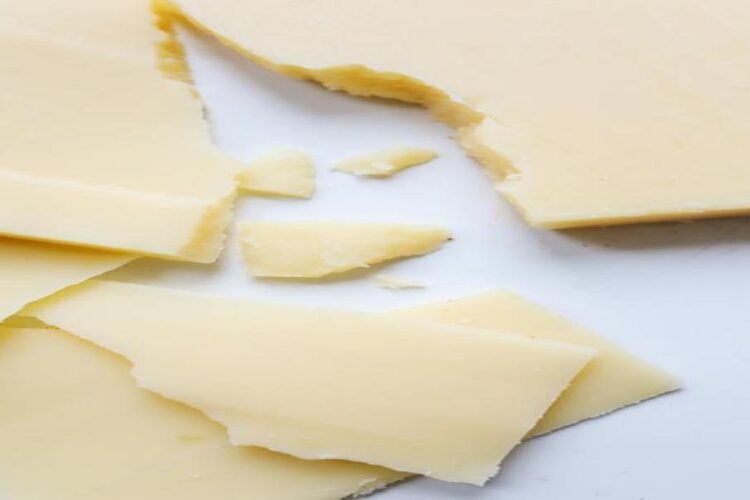Article at a Glance:
- Explore the art of cutting, slicing, and dicing cheese blocks with precision and finesse, from selecting the ideal knife to perfecting your cutting style.
- Uncover the versatility of cheese blocks, allowing you to craft stunning cheese platters and infuse the essence of cheese into your favourite recipes.
When you decide to buy cheese in bulk, the opportunity to explore culinary creativity is boundless. Cheese blocks provide a cost-effective solution to commercial kitchens and also grant the artistic freedom to sculpt cheese precisely as you envision it. In this guide, we will delve into the art of cutting, slicing, and dicing cheese blocks. We emphasise the significance of selecting the right knife, maintaining impeccable cleanliness and hygiene standards, and mastering various cutting styles to achieve the desired cheese presentation.
Choosing the Right Knife
After you buy cheese in bulk for commercial kitchens, cutting it ideally is crucial to get the best out of your bulk cheese. The very first step in your cheese-cutting adventure is the selection of an appropriate knife. Choosing the right knife can be a game-changer in your cheese craftsmanship. Soft cheeses like Brie or feta demand specialised tools like a cheese wire cutter or a thin-bladed knife to ensure a clean cut to avoid the smearing effect. On the other hand, semi-hard or hard cheeses require the sturdiness of a well-chosen chef’s knife or a versatile cheese plane.
Cleanliness and Hygiene
Cleanliness and hygiene are non-negotiable while dealing with cheese blocks. Before playing with your cheese, meticulously wash your hands and ensure your knife and cutting board are pristine. Cheese is a breeding ground for bacteria, so maintaining these kitchen standards is paramount for food safety in commercial kitchens beyond preserving the aesthetics of cheese.
Cutting Styles: Sculpting Cheese to Perfection
Understanding various cutting styles is the key to sculpting cheese to perfection. Here are three fundamental cheese-cutting techniques, each with a unique charm:
Cubing: For cheese lovers seeking bite-sized delights, begin by slicing your cheese block into thin strips, then into more petite strips, and finally, into delectable cubes. This technique is perfect for casual snacking or for adding that extra layer of sophistication to your salads.
Slicing: When the occasion is for an elegant cheese platter, opt for the art of slicing. Adjust the thickness to your preference, but a delicate slice, approximately 1/8 inch (3 mm) thick, often works its magic on the palate.
Dicing: The art of dicing cheese is a game-changer when you aim to infuse texture and flavour into your culinary creations. Begin by thinly slicing your cheese block, stacking the slices, and then dicing them into matchstick-sized pieces or smaller. This technique beautifully complements dishes like pasta and omelettes.
The Versatility of Cheese Blocks: From Platters to Culinary Excellency
Cheese blocks are an integral part of a chef’s culinary repertoire, versatile in every sense. Craft a sumptuous cheese platter that dazzles your customers, or infuse your recipes with the essence of cheese. The cutting style you choose can not only enhance the visual appeal but also elevate the flavour profile of your dishes.
Storage Methods: Prolonging Cheese Freshness
Buying cheese in bulk is an economical approach to cheese sourcing for commercial kitchens. But when you buy cheese in bulk, you should be mindful of proper storage methods to prolong the shelf life of cheese and avoid cheese wastage. So, how do you store your cheese blocks properly?
After you masterfully cut your cheese block, you will use some and leave some for the next day or the other. To ensure the freshness of your cheese leftovers, envelop your cheese in wax paper or cling wrap, providing an airtight seal. Place it inside an airtight container or resealable plastic bag and store it in the refrigerator. However, remember not to make it too cold; cheese is best enjoyed when it’s just slightly below room temperature.
Mastering the art of cutting, slicing, and dicing cheese blocks is an invaluable culinary skill. By choosing the right knife, ensuring cleanliness, and learning various cutting styles, you can unlock the potential to enjoy perfectly portioned cheese for every occasion. Whether you’re curating a cheese platter or elevating your recipes, the versatility of cheese blocks makes them an indispensable asset in your kitchen.
So, embrace your inner cheese artist, explore new horizons of flavour, and savour the diverse world of cheese. For an extensive selection of premium cheese blocks and more, be sure to enquire about different cheese varieties from premium dairy suppliers in Australia.

